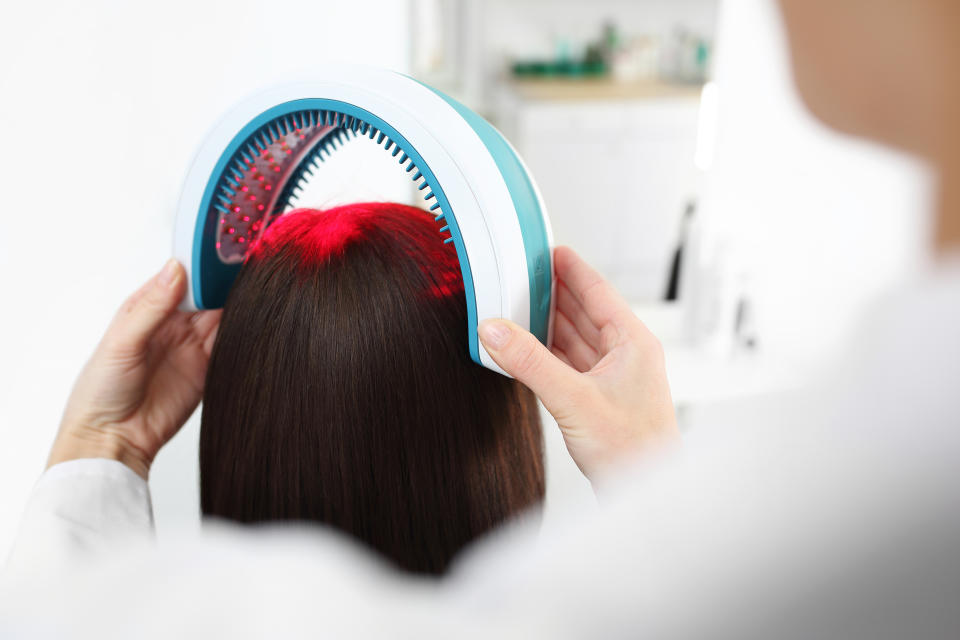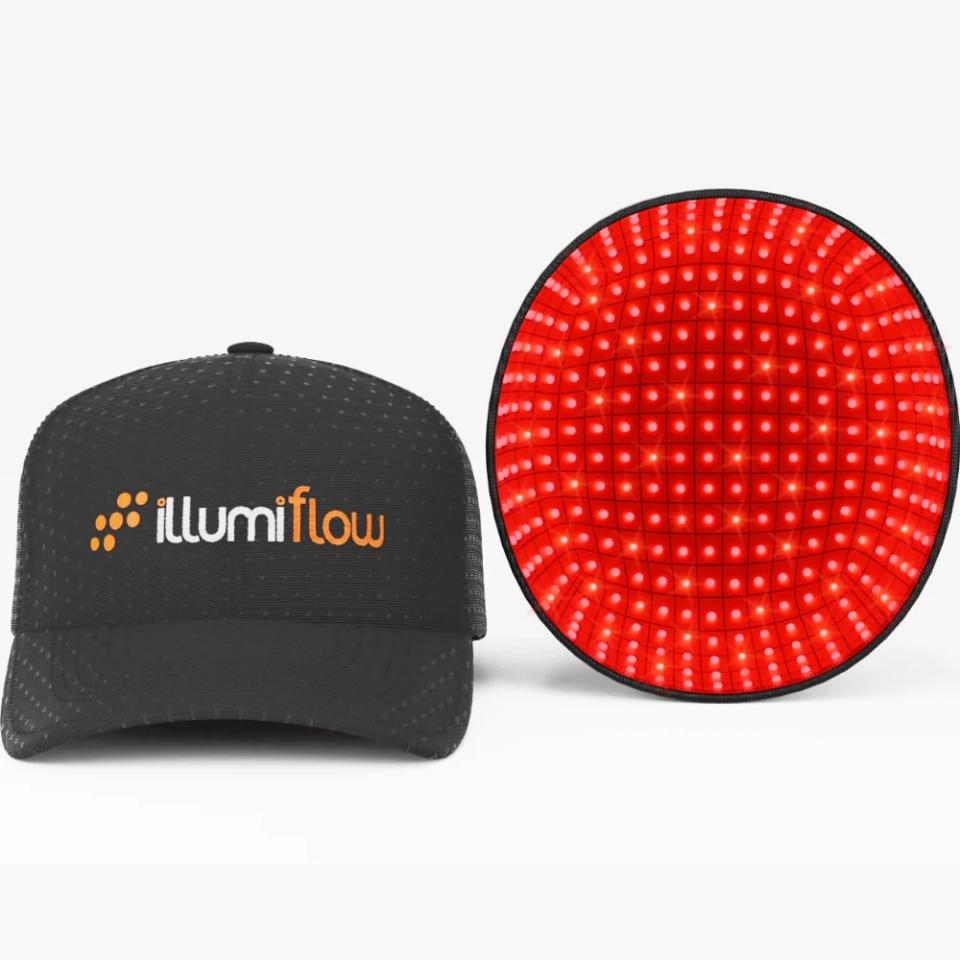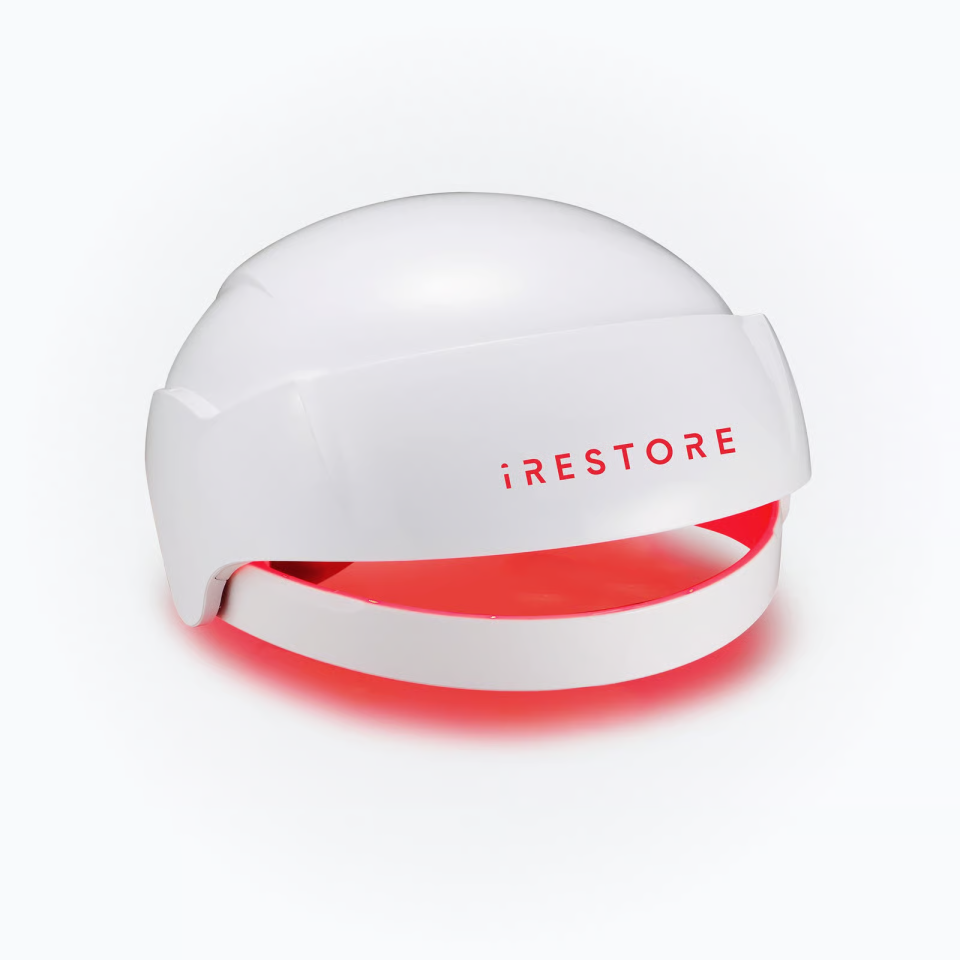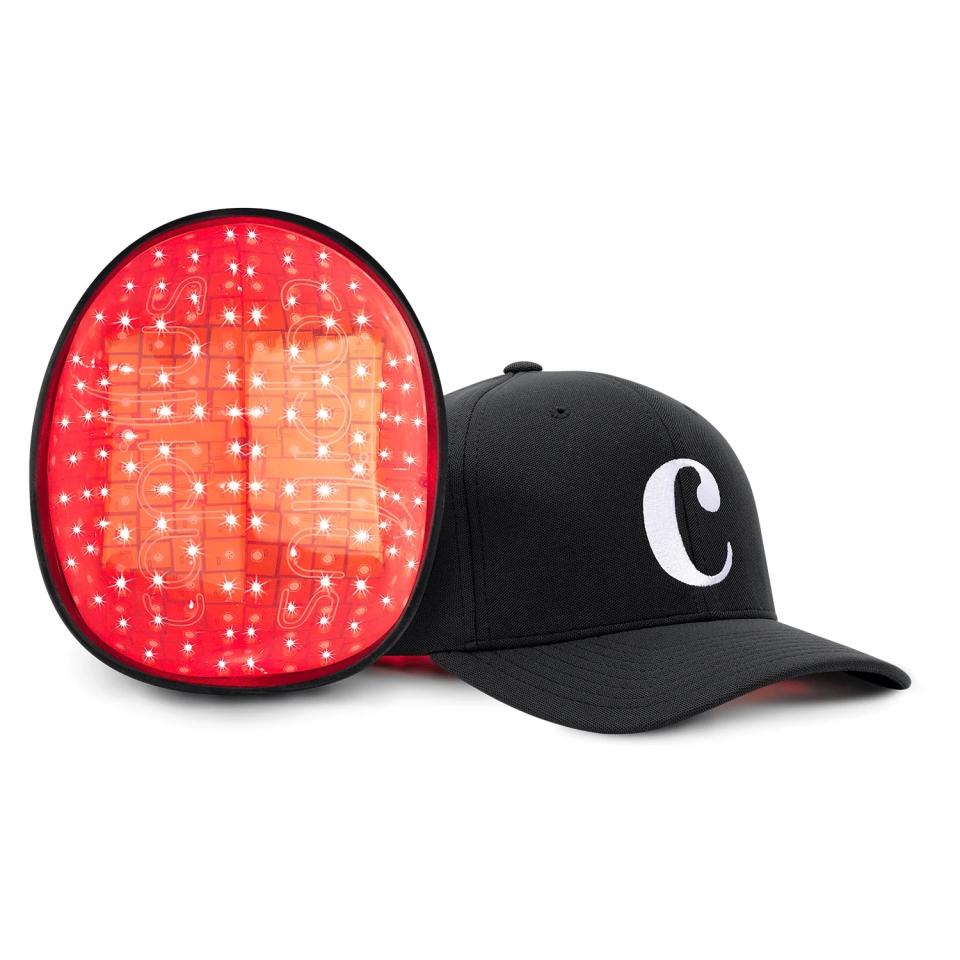How Laser Hair Therapy Reverses Thinning Hair! Plus the Best at-Home Devices to Use
Hair loss — it’s common, complicated and notoriously tricky to treat. According to the Cleveland Clinic, more than 50% of women will experience hair loss at some point. And per the complicated part, there are many factors that can cause hair loss: genetics, age, hormones, stress, diet, the list is truly endless. That’s part of what makes it so tough to treat —and oftentimes there’s more than one culprit responsible, requiring a multi-prong treatment approach. To date, there’s only one FDA-approved option that will actually cause new hair growth — minoxidil, a drug available both over-the-counter and by prescription that’s usually applied topically. But for those seeking a drug-free solution, laser hair therapy seems is an ideal alternative. It’s available as an in-office treatment, though there are also a growing number of at-home laser hair therapy devices available. So, how exactly does this modality work and how effective is it? Do you need to see a professional or can you try those at-home options? We tapped top experts to answer these questions and more.
What is laser hair therapy and how does it work?
Also known as low level laser light therapy or LLLT, this involves exposing the scalp to a device that emits low levels of red and near infrared light in order to stimulate hair growth, explains Paradi Mirmirani, MD, a dermatologist at Kaiser Permanente Northern California. It is also sometimes referred to as red light therapy and is a non-invasive procedure that is performed in doctor’s offices, med spas, clinics, or sometimes even salons.

Exactly how it works is still somewhat unknown, although we do know that this low level laser light helps stimulate blood flow to the hair follicles on the scalp, says Omer Ibrahim, MD, a board-certified dermatologist at Chicago Cosmetic Surgery and Dermatology. “This increased blood flow can help deliver more nutrients and oxygen to the follicles, promoting hair growth and improving the health of existing hair. It can also trigger the follicles to enter the growth, or anagen, phase of the hair growth cycle,” he explains.
How does laser hair therapy compare to other hair growth treatments?
The laser hair therapy pros: It’s non-invasive, painless, and there are no side effects, says trichologist Kerry E. Yates, founder of Colour Collective. Plus, it’s a totally drug-free option, a good choice for those who want to avoid medications like the aforementioned minoxidil or the other common option, finasteride, notes Dr. Ibrahim, who adds that it’s also a nice alternative for anyone who doesn’t want to undergo surgery for a hair transplant.
But, how does the efficacy of laser hair therapy compare to other treatments? Well, that’s where there might be a little bit of a trade-off. “Studies have shown that low level laser hair therapy can have benefits similar to using a two-percent concentration of topical minoxidil,” says Dr. Mirmirani. (And remember, minoxidil really is the gold standard.) The caveat: Those studies are small as compared to the ones done on minoxidil, and most dermatologists will typically recommend a 5% concentration, she adds. In short, it’s going to be most effective when used in combination with other treatments, says Dr. Mirmirani.
Related: 11 Best Hair Growth Products for Women Over 50 to Treat Thinning, According to Hair Loss Experts
Who is a good candidate for laser hair therapy?
First and foremost, someone who is in the early stages of hair loss. Like anything, starting early will let you get ahead of the issue. “If your hair is thinning but you don’t yet have much actual loss, there’s a better opportunity for the treatment to work versus waiting until you’ve actually lost hair and have fewer healthy follicles to work with,” notes Yates.

It’s also worth mentioning that the published data backing the evidence of laser hair therapy is most robust as it pertains to pattern hair loss, says Dr. Mirmirani. (This is the most common type which features specific areas of balding — at the top and front of the head in men and at the crown in women.) It won’t hurt to try it if you’re dealing with other types of hair loss, think postpartum shedding, but there’s just no evidence behind it for this type of use case. “I usually suggest laser hair therapy for someone with pattern hair loss who is already on a good medical regiment but wants to see additional benefits or is someone who is unable tolerate other medical therapies,” she says.
To learn more about laser hair therapy and determine if it's right for you, watch the below video from dermatologist Jenny Liu, MD.
How much does laser hair therapy cost?
In short, it's not cheap. The price is one of the biggest drawbacks of this treatment when it comes to the professional and at-home options. For laser hair therapy performed in-office expect to pay on average anywhere from $50 to $100, although this depends on the location of the facility, the number of sessions needed, and the specific device used, says Dr. Ibrahim. And these treatments are unfortunately not a ‘one and done’ situation. So you'll need to plan on two or three weekly sessions for at least several months, he says. At-home devices (more on those in a moment) are pricey, too, costing you anywhere from a few $100s to $1000+.
How long does it take to see results from laser hair therapy?
Patience is a virtue when it comes to treating hair loss and that certainly holds true here. According to Dr. Mirmirani, it can take anywhere from three to six months in order to see an improvement. “It’s also important to have realistic expectations about the results of laser hair therapy. While some people may experience significant growth and improvement in hair quality, others may see more subtle changes,” notes Dr. Ibrahim.
The best at-home laser hair therapy treatments
At-home laser hair therapy devices have the advantage of convenience on their side. While most do still need to be used several times per week, you can do so without having to leave the comfort of your own home. And while pricey, they typically still net out to being more cost-effective than professional versions. That being said, these don’t offer the same level of intensity that professional lasers do, notes Yates. So keep in mind that results may not be quite as dramatic as such, particularly if you’re using this as a standalone treatment. That being said, here are a few expert-backed picks worth considering.
Best overall laser hair therapy device

HairMax LaserBand 82 Comfort Flex
Both Yates and Dr. Ibrahim like this choice, noting that the flexible, band design is great for all head shapes and lets you target specific areas of the scalp. Also nice: Just wear it for 90 seconds, three times per day.
Best easy-to-use laser hair therapy device

Yates recommends this pick, which she lauds for its ease of use. True to its name, it does look like a baseball cap; all you have to do is pop it on for 30 minutes, three times per week.
Best laser hair therapy device for full scalp coverage

“This device is FDA-cleared and features a helmet-style design that covers the entire scalp for a comprehensive treatment,” says Dr. Ibrahim of one his picks.
Best on-the-go laser hair therapy device

Dr. Ibrahim also likes this choice, a discreet and portable pick that can easily be worn underneath a hat or baseball cap. This makes it convenient to use both at home and on-the-go, and it’s also comfortable to wear, he says.
For more on hair loss and how to treat it:
Does Spironolactone for Hair Loss Work? Yes — And MDs Say These 4 Tips Boost Results
Treating Scalp Inflammation Can Reverse Hair Loss — Experts Share the Easy + Soothing Remedies
Menopause Hair Care: What Works Best for Women Over 50, According to Hair Pros
